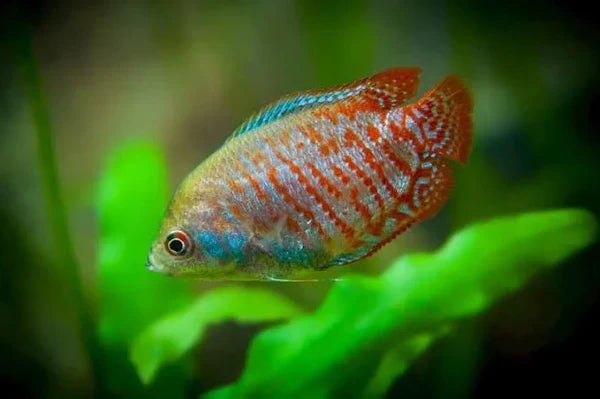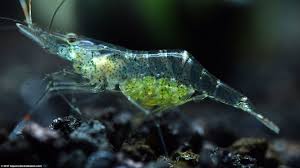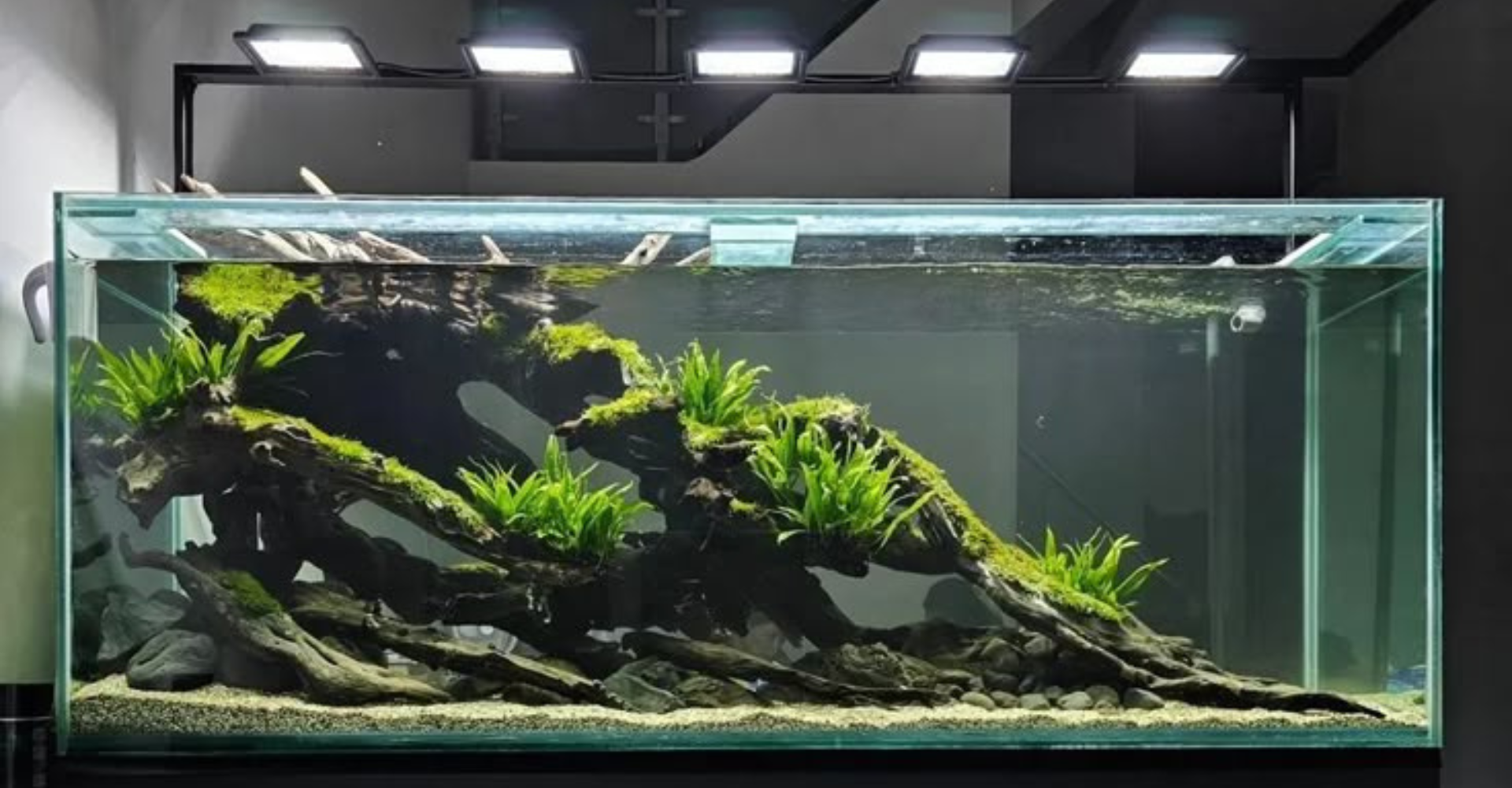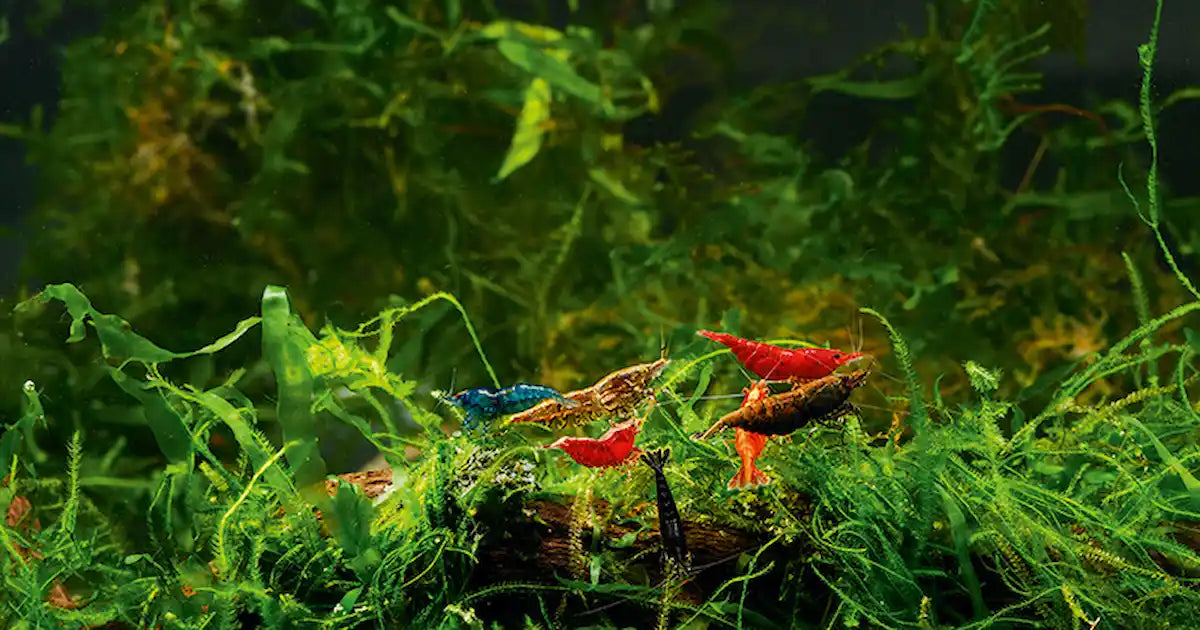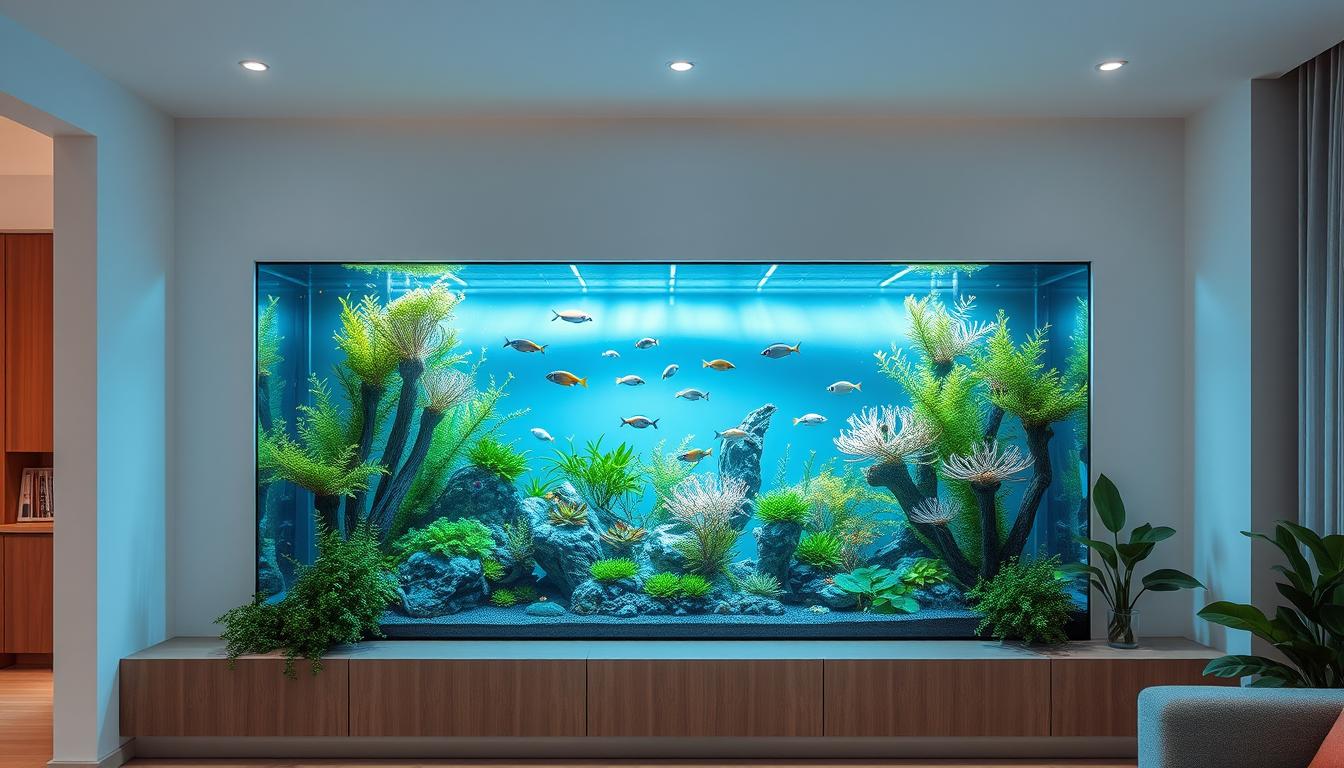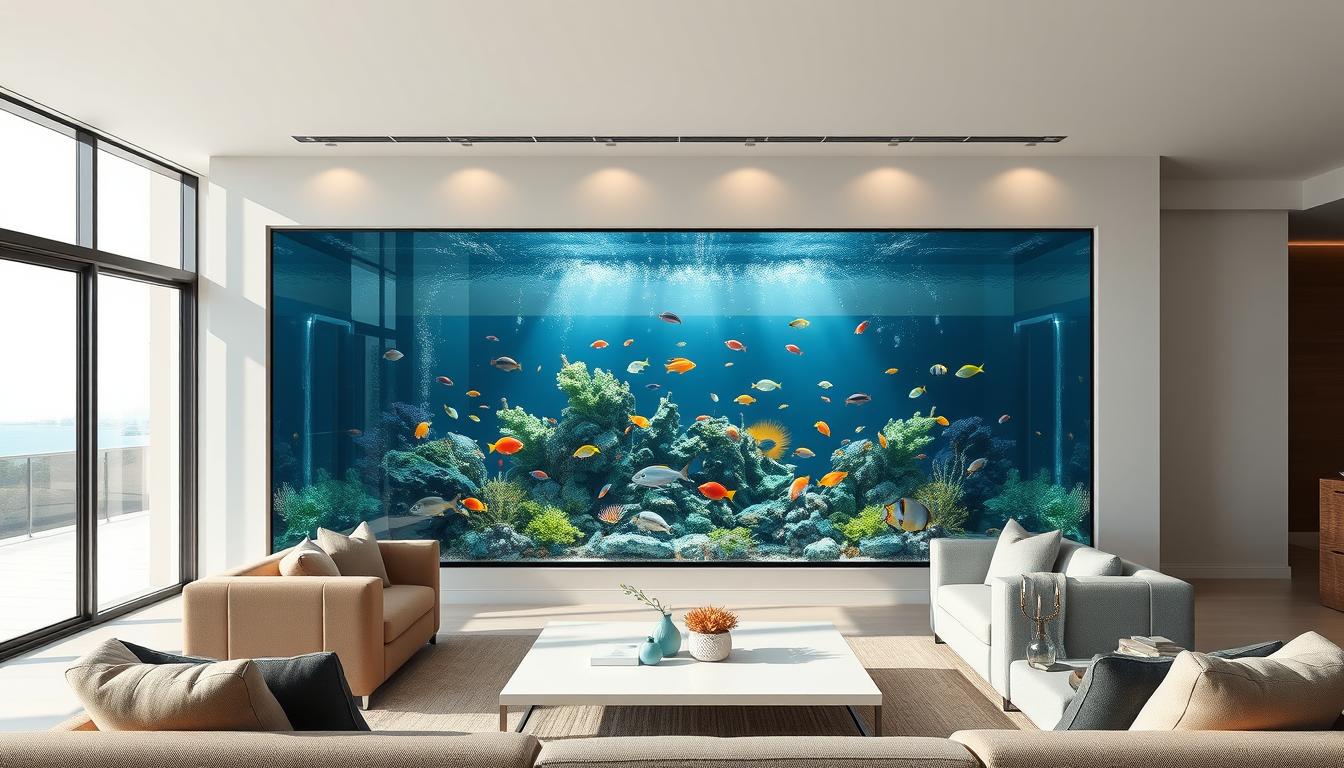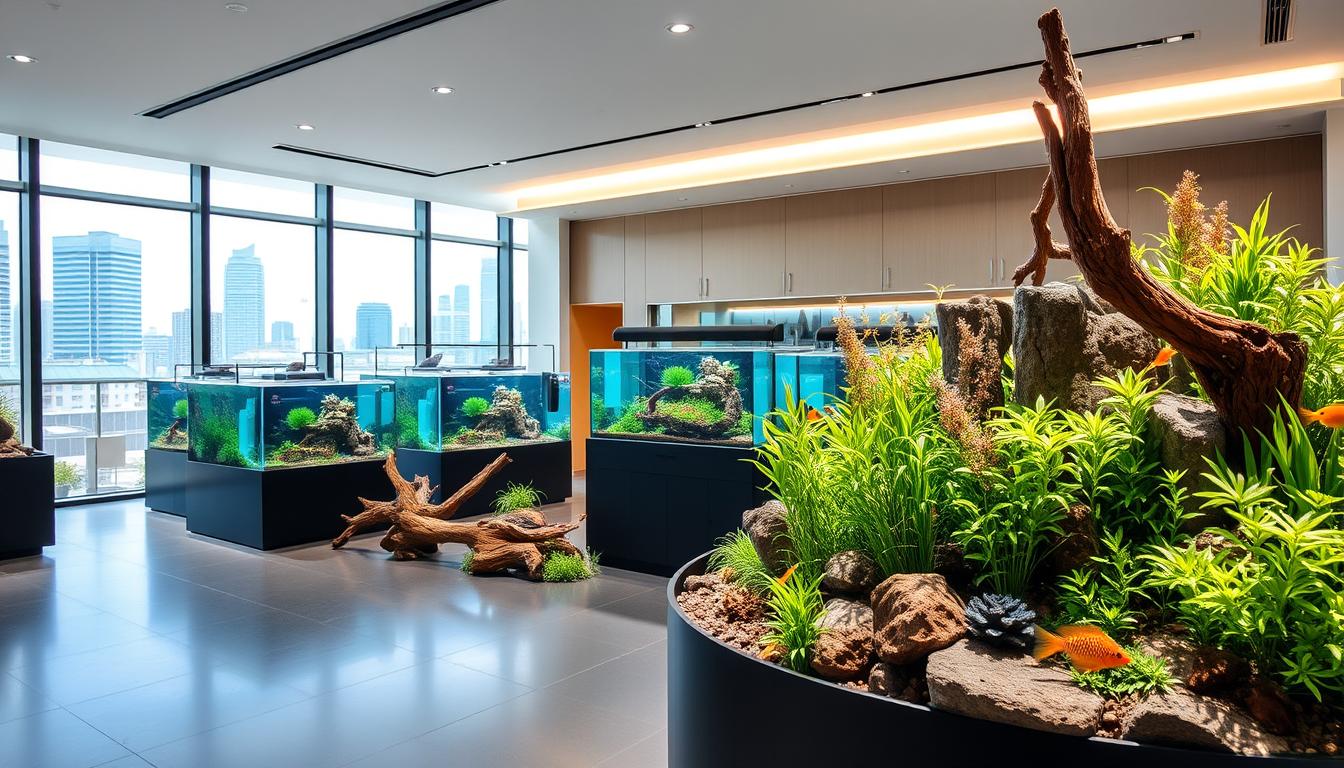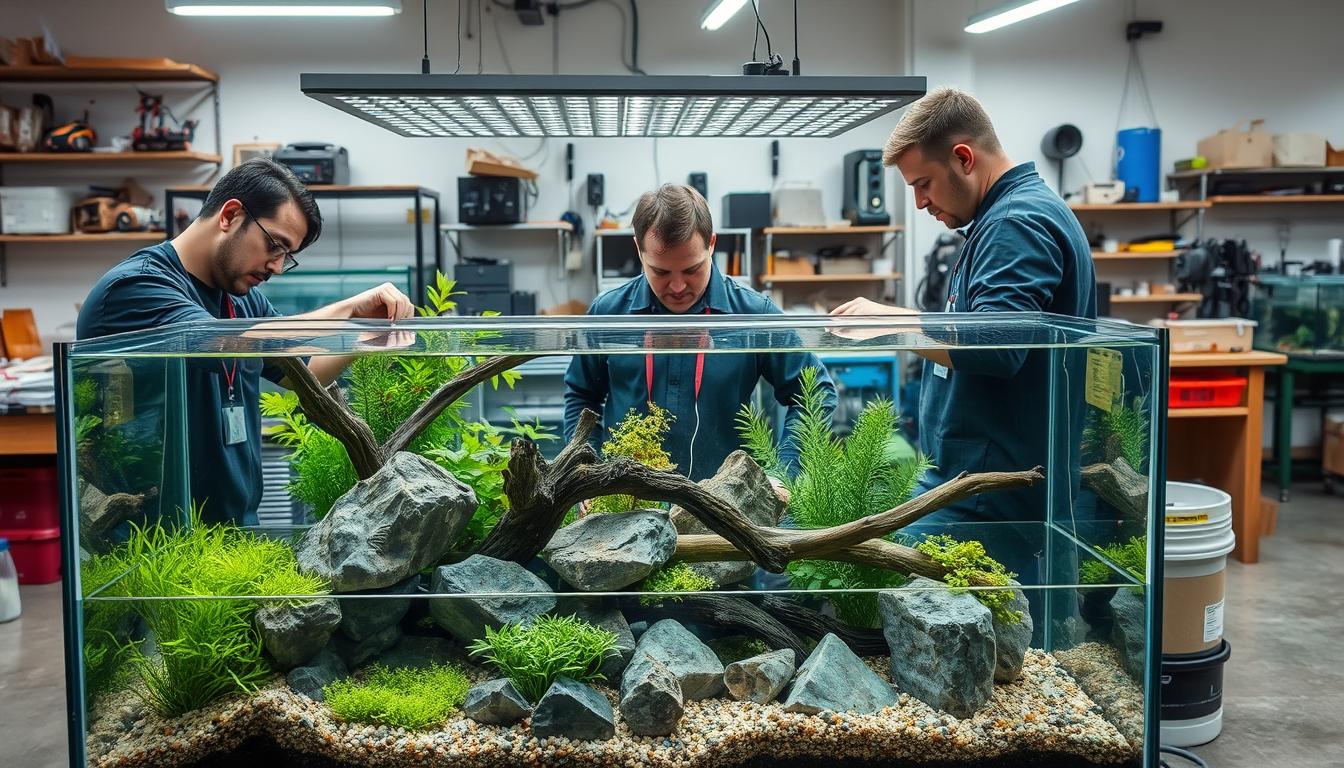11 Rare Aquatic Plants - What are they, where to buy, and how to take care of them?
BOLBITIS HEUDELOTII - AFRICAN WATER FERN
Bolbitis Heudelotii, also known as African Water Fern, Congo Fern, or simply Bolbitis, is a hardy plant that can form a jungle for your aquarium. Although they can take a long time to grow to 16 to 22 inches (40 to 55 centimetres).

African water ferns are often attached to hard objects such as driftwood or lava rocks. Bolbitis is an epiphyte that is not grown in the soil but relies on the movement of water to provide nutrients.
Grow Bolbitis Heudelotii by attaching cleaned rhizomes to lava rock, driftwood, or other hard materials with super glue or fishing line. Do not bury the rhizome in the substrate, as this causes root rot. Add a high-quality liquid fertilizer to help your plants acclimate to their new environment.
Bolbitis Heudelotii works best in soft to neutral water with a pH between 5.5 and 7.0. Be aware of the effect of the substrate you choose on the pH.
SPOON LEAF JAVA FERN
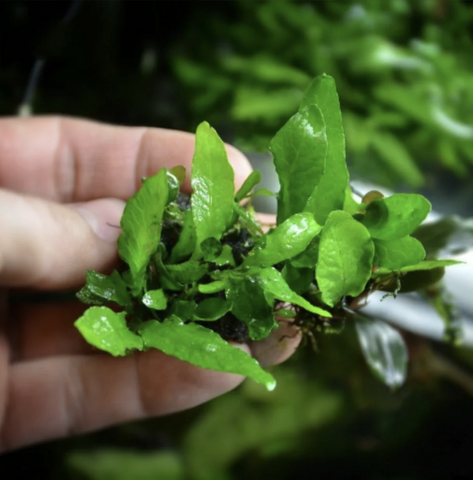
An extremely rare type of Java Fern with unique curved and spoon-shaped leaves. The leaves of this RARE spoon-leaf Java fern have a unique curved shape, and the leaves are wide horizontally and vertically for two days.
Size: The height of this plant is 7 cm.
“Hey, I’m blocked when choosing the plants-fish-shrimp, all kinds of stuff. Can you give me some advice”.
Sure, we are here to help you. Let’s jump on a call now.
ECHINODORUS IGUAZU 2009 VAR. RARE SWORD

A very rare aquatic plant native to and discovered in the Iguazu Falls on the Argentina-Brazil border is the world's largest waterfall system.
Echinodorus Iguazu 2009 is a slow-growing sword tree and is still very rare in the aquarium hobby. Echinodorus Iguazu 2009 has a short height of only 4 or 5 inches but will grow up to 8 inches wide. Echinodorus Iguazu 2009 will develop a very wide and deep root system, so it is fond of fertilizer that stimulates the roots.
Echinodorus Iguazu 2009 can be grown in low-tech aquariums. The real beauty of this plant is that it will be dark green with new leaves that are light green, almost yellow. Echinodorus Iguazu 2009 is easy to grow and takes little effort and time to care for. Ideal pH 6-8.
Enchinodorus Iguazu 2009 grows slowly, suitable for growing plants or shrimp tanks. As the plant grows, it will absorb a large amount of nitrate in the tank, helping keep the water environment safe and ensuring fish and shrimp's health.
ANUBIAS ON THE SMOOTH LAVA ROCK CREATION - SMALL.

Anubias on lava rock are plants that are not very demanding in growing and are highly adaptable. They produce sturdy, dark green, oval leaves that withstand aggressive fish in the tank.
Anubias are easy to care for and have no special requirements. They don't need a bright light or a lot of fertilizer. Anubias have rhizomes and roots that allow the plant to cling to solid objects like wood, rocks, or other aquarium decorations. They can be grown on rocks, wood, or the substrate, but the rhizomes should be on the substrate.
Anubias can be grown as single specimens or in groups. Anubias are found on driftwood in small sizes, as bare-rooted, potted plants, and petite anubias on lava rocks. Anubias can be grown as single specimens or in groups. They look especially impressive when attached to wood or stone.
Minimum lighting requirements: Low
Temperature Range: 69-86°F
Placement of the tank: Foreground, Midground.
RARE PHILIPPINE JAVA FERN - MICROSORUM PTEROPUS.

Philippine Java Fern (Microsorum pteropus "Philippine") is a very attractive, popular and easy-to-care-for plant. Its long, bright green leaves make for an attractive aquatic landscape and a refuge for shrimp, fish and juveniles.
Unlike many plants, the narrow-leaved Java fern attaches itself to and proliferates in aquarium decorations as an epiphyte. It will thrive in both floating and submersible conditions in aquariums and aquariums.
Philippine Java Ferns grow relatively slowly, at least in the early stages. It requires only low to medium light and nutrient-rich water. However, its growth rate can be increased through CO2 injection/addition. It reproduces through rhizome division and branching, and it thrives in most areas of the aquarium.
Philippine Java Fern should not be planted when its rhizomes (roots) are buried in the substrate, as it will rot and rot. It should not be kept with large shrimp, medium to large cichlids, goldfish or any other animal with a tendency to excessive defoliation.
Care Instructions:
pH: 5-8
Light: Low to medium
Placement in the aquarium: Roots and rocks
Care: Easy
“Hey, I’m blocked when choosing the plants-fish-shrimp, all kinds of stuff. Can you give me some advice”.
Sure, we are here to help you. Let’s jump on a call now.
ROTALA ROTUNDIFOLIA - ROTALA BLOOD RED.

Rotalа Blood Red is a form of Rotаlа Rotātundifоlia native to southern China. The leaves are long and narrow, similar to the leaves of Rotalа H'ra. Rotalа Blood Red is demanding and should be grown under bright light and with СО2 injections. When grown in these ideal conditions, the leaves will be red.
Rotalа Blood Red develops according to the model is upright. Therefore we recommend Rotаlaа Blood Red as a background or medium plant. The vibrant red will draw attention and bring depth to any setting. Rotala Blood Red can be grown in submerged and emergent conditions, although a transition period will be required. Regular pruning will need to be done to keep Rotalа Blood Red beautiful and correct. The crop debris can then be replanted as a form of cultivation.
Care Instructions:
Last name: Lythrасeаe
Size: 4-8 inches
h: 6.0-7.5
Temperature: 72-84 F
Bright light
Growth Rate: Medium to Fast
ROTALA WALLICHII - WHORLY ROTALA.

A wine-coloured plant, a prominent thorny herb that develops purple and pink flowers along its colour-changing stems. Although not the easiest aquatic plant to grow, Rotala Wallichii is one of the more popular red-stemmed plants.
Rotala Wallichii exists in tropical waters of Asia, along China, India, Laos, Thailand, Vietnam and Taiwan. The red-stemmed "moringa tree" is rare and fragile. Aquarists then introduced it to the United States, and it is now distributed worldwide, especially in the Dutch and Scandinavian territories. We can also find these plants submerged in wet areas such as Southeast Asia's coast and rice fields.
Rotala Wallichii is a perfect addition to your new aquarium. The choice is up to you to decide which Rotala species is best for your aquarium to be attractive.
Type: Trunk
Growth rate: Medium
Maximum height: 10 - 30+
Light demand: Strong
CO2: Need more CO2
Temperature: 20 to 30°C
pH range: 5.5 to 7.5
ANUBIAS BATERI VAR. NANA 'PETITE'.
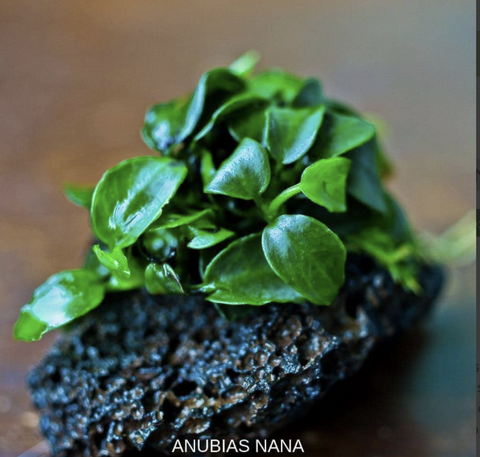
Anubias nana 'Petite' is native to West Africa and is one of the smallest Anubias species. It is popular among aquarists because of its hardiness, low light requirements and ability to grow without a substrate, allowing placement on driftwood and rocks.
The leaves of Anubias nana 'Petite' are dark green and stiff. They grow on short stems originating from a central root or rhizome. It is sometimes recommended for aquatic compositions containing aggressive animals because they can withstand some abuse compared to other plants.
Hardness: Medium.
Light Needs: Low to Medium.
PH: 6-8
Small size
Growth rate: Slow.
Growth from: Rhizome spreading.
Position in the tank: Foreground.
FONTINALIS ON DRIFTWOOD.

Willow moss, also known as larger and common water moss, is a species of submerged aquatic moss. Willow moss provides important habitat and protection for fish eggs, adult fish and juveniles. Many aquatic invertebrates also benefit greatly from the presence of willow moss.
Willow moss is an excellent oxygen plant. It is a versatile plant and can be found in both still and running water. Willow moss clings to rocks in fast-moving water and can cling to pond floors, driftwood or simply form floating clusters in calmer waters, making it ideal for almost any freshwater environment. It is a popular choice for both ponds and indoor freshwater aquariums.
Willow moss usually reproduces through the propagation of plant fragments. It can also spawn through stolons, vines that take root and grow new stems. Willow moss requires minimal care, so adding it to a low-maintenance aquarium is a great choice. They are quite hardy and require very little special care.
ANUBIAS'PETITE' SINGAPORE.

Anubias nana 'Petite' is native to West Africa and is one of the smallest Anubias species. It is popular among aquarists because of its hardiness, low light requirements and ability to grow without a substrate, allowing placement on driftwood and rocks.
The leaves of Anubias nana 'Petite' are dark green and stiff. They grow on short stems originating from a central root or rhizome. It is sometimes recommended for aquariums containing aggressive animals as they can withstand some aggressive fish attacks.
Hardness: Medium.
Light Needs: Low to Medium.
PH: 6-8
Small size
Growth rate: Slow.
Growth from: Rhizome spreading.
Position in the tank: Foreground.
Choose for your aquarium rare aquatic plants to add green-fresh environment life to your tank. we are here to help you. Let’s jump on a call now.

